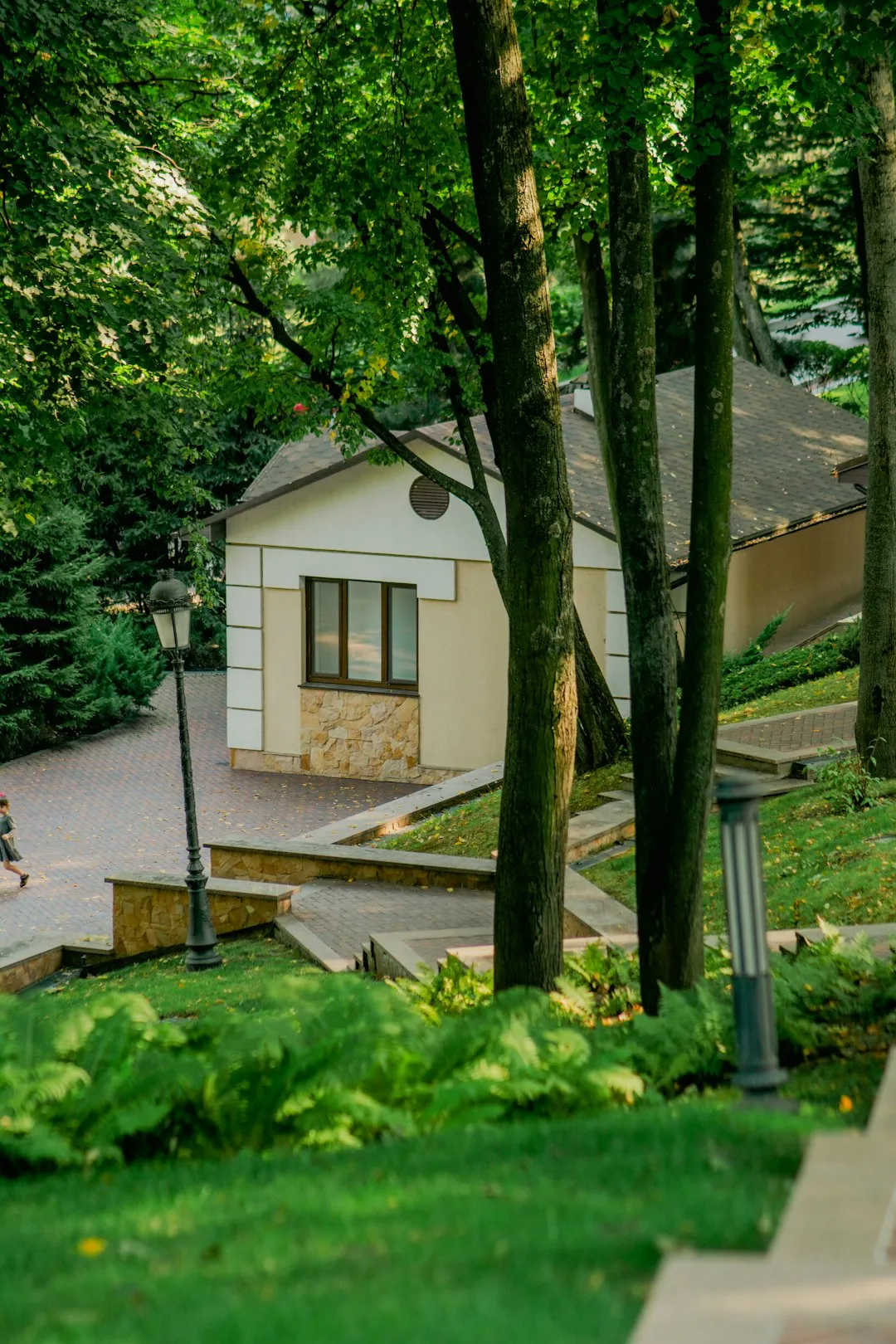Unveiling the Secrets of Rose Blooming from Bare Roots

Embarking on the journey of rose gardening from bare roots is a rewarding endeavor that allows you to witness the transformation from a seemingly lifeless plant to a vibrant, blooming beauty. In this guide, we'll take you through the step - by - step process of growing roses from bare roots, providing you with essential tips and tricks along the way.
### Preparing for Planting
Before you even bring your bare - root roses home, it's crucial to make proper preparations. First, choose the right location. Roses thrive in full sun, which means they need at least six hours of direct sunlight per day. The soil should be well - drained, rich in organic matter, and have a slightly acidic to neutral pH. You can test your soil's pH using a simple soil testing kit available at most gardening stores. If the soil is too alkaline, you can add sulfur to lower the pH, and if it's too acidic, lime can be added to raise it.
Once you've selected the perfect spot, start preparing the soil. Dig a hole that is wide and deep enough to accommodate the roots of the rose plant. A good rule of thumb is to make the hole about twice as wide as the root spread and deep enough so that the bud union (the swollen area where the rose variety is grafted onto the rootstock) will be about an inch or two above the soil level when planted. Mix in some well - rotted compost or manure into the soil you've removed from the hole. This will provide essential nutrients for the young rose plant.
### Handling Bare - Root Roses
When you receive your bare - root roses, they may look a bit unassuming. But don't be deceived! These plants have great potential. Start by soaking the roots in a bucket of water for at least two hours, or even overnight if possible. This will rehydrate the roots and give the plant a good start. While the roots are soaking, you can prune any damaged or broken roots using a sharp, clean pair of pruning shears. Trim the roots back to about 6 - 8 inches in length to encourage new root growth.
### Planting the Roses
After the roots are soaked and pruned, it's time to plant. Place the rose plant in the center of the prepared hole, spreading the roots out evenly. Gently backfill the hole with the amended soil, making sure to cover all the roots. As you fill the hole, lightly firm the soil around the roots to eliminate air pockets. Once the hole is filled, water the newly planted rose thoroughly. This will help settle the soil around the roots and provide the plant with the moisture it needs to start growing.
### Caring for Newly Planted Roses
Watering is essential in the early stages of growth. Keep the soil consistently moist but not waterlogged. A good way to check if the soil needs watering is to stick your finger about an inch into the soil. If it feels dry, it's time to water. During the first few weeks after planting, you may need to water the rose every few days, depending on the weather conditions.
Fertilizing is also important. Wait about four to six weeks after planting before applying a balanced rose fertilizer. Follow the instructions on the fertilizer package for the correct amount and frequency of application. Fertilizing will provide the rose with the nutrients it needs to grow strong and healthy.
Pruning is another key aspect of rose care. In the first year, focus on removing any dead, diseased, or damaged canes. You can also prune to shape the plant and encourage bushier growth. Make sure to use sharp, clean pruning shears and make cuts at a 45 - degree angle just above an outward - facing bud.
### Protecting Roses from Pests and Diseases
Roses are susceptible to a variety of pests and diseases, such as aphids, black spot, and powdery mildew. To prevent pest infestations, keep your garden clean and free of debris. You can also use natural pest control methods, such as introducing beneficial insects like ladybugs or spraying with a mild soap and water solution. For diseases, make sure to provide good air circulation around the plants by spacing them properly. If a disease does occur, you can use fungicides, but always follow the instructions carefully.
### Enjoying the Blooms
With proper care and attention, your bare - root roses will start to produce beautiful blooms in the first year, and even more so in the following years. As the roses bloom, you can cut them for fresh flower arrangements or simply enjoy their beauty in the garden. Remember to deadhead the spent blooms regularly to encourage more flowering. This involves removing the faded flowers just above a set of five leaves.
In conclusion, growing roses from bare roots is a fulfilling experience that allows you to have a direct hand in the growth and development of these magnificent flowers. By following these step - by - step tips, you'll be well on your way to creating a stunning rose garden that will be the envy of your neighbors.